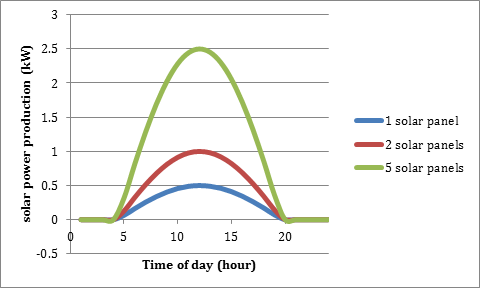Introduction
Solar energy production has seen fast gains in the past few years. The falling cost of photovoltaic (PV) cells and increased political support are major drivers of these gains.
Some of the advantages of solar power are the following:
- Cleaner production of energy compared to conventional sources such as natural gas and coal.
- Near zero operating costs. Light from the sun is free and maintenance costs are low.
However, despite the attractiveness of solar energy in light of the current environmental and climate crisis, solar energy still has challenges to overcome. Some of these challenges are:
- Solar panels do not produce electricity at night; People use electricity at night. Since the electric grid currently does not have the energy storage capabilities needed to store some of the energy produced during the day and use it to supply energy during the night, we need to find ways to do so.
- Investment costs are still relatively high.
- Its production is, to some extent, hard to predict. Although we are pretty good at predicting sunrise and sunset, predicting when a cloud is going to cover the sky is hard.
Purpose
The purpose of this lesson is to introduce the students to the challenges of integrating solar energy to the electricity grid with the use of numerical simulations. More specifically, it is meant to shed light on the advantages (mentioned in the introduction of this document) and on the challenges (challenges 1 and 2 from the introduction) of solar energy.



